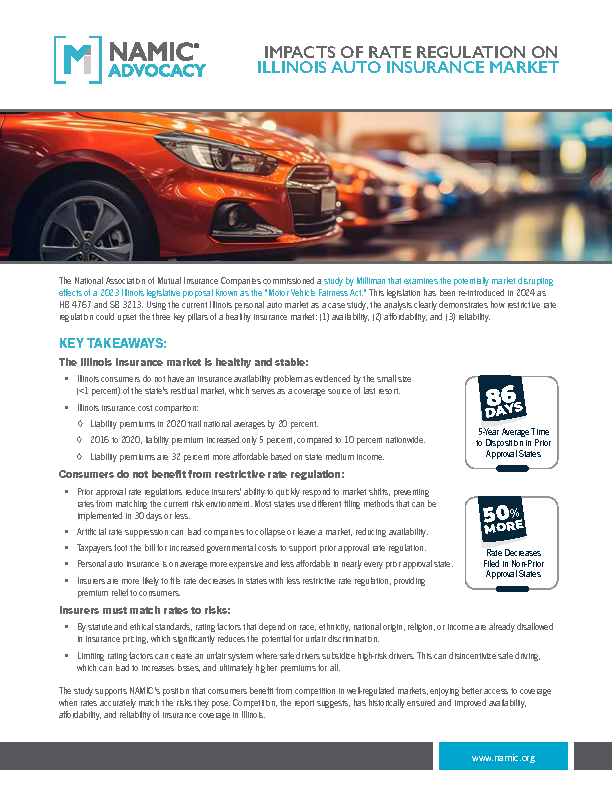Our Positions | Risk-Based Pricing
Many insurers use credit-based insurance scoring to more accurately assess the risk of current and potential policyholders. The components of these scores have been proven to help identify the potential risk associated with a specific policy and the likelihood that the policyholder will submit a claim. While credit-based insurance scoring has become an important tool in determining the risk and appropriate rate for a policy, it is only one of many tools used by insurers to assess risk.
Opponents of credit-based insurance scoring have questioned the use of this tool in underwriting and rating, and have made claims that the tool could unfairly treat low-income and some minority populations. Independent studies, including those done by governmental entities have shown these claims to be false, in fact most consumers benefit from this tool. Typically, credit-based insurance scoring focuses on the ability of a policyholder to manage their finances. This gives insight into the decision making and responsibility of a policyholder, both of which are an indicator of risk, and numerous studies have shown a correlation between credit-worthiness and the risk of loss associated with an individual.
NAMIC Position
NAMIC believes insurers should be able to use information, such as credit-based insurance scoring, to more accurately assess risk. Underwriting freedom is critical to ensuring the insurance industry can set appropriate rates to reflect risk and maintain solvency. NAMIC will fight to ensure that insurers are able to use all underwriting tools available them.
Impacts Of Rate Regulation On Illinois Auto Insurance Market
Impacts Of Rate Regulation On Illinois Auto Insurance Market (PDF)
The National Association of Mutual Insurance Companies commissioned a study by Milliman that examines the potentially market disrupting effects of a 2023 Illinois legislative proposal known as the “Motor Vehicle Fairness Act.” This legislation has been re-introduced in 2024 as HB 4767 and SB 3213. Using the current Illinois personal auto market as a case study, the analysis clearly demonstrates how restrictive rate regulation could upset the three key pillars of a healthy insurance market: (1) availability, (2) affordability, and (3) reliability.


